|
As a big fan of street art, my search for it continues.
Macau is actually a colorful and creative city, especially when you walk away from the luxurious hotels, fancy shopping malls, and extravagant casinos and instead look toward the city’s historic districts. Besides Coloane Village and Taipa Village, Praça de Ponte e Horta is another spot in Macau where you can find street art. The surrounding area of Praça de Ponte e Horta was embellished with Macau’s and international street artists years ago. They decorated the old area of the city with hip, modern and diverse mural art pieces. If you only have time to check out one area to experience Macau’s unique street art, I think this is the place. I suggest that you try to get there in the early morning or wait until late evening to see some paintings on the metal doors of shops. And of course, don’t forget to check the back alleyways as many outstanding works are tucked away there, waiting to reward intrepid travelers.
1 Comment
The Taipa Village has been one of Macau’s best attractions being one of the only two traditional villages left in Macau. The village is a lovely mix of Chinese and Portuguese influences, with narrow streets, alleys and lanes, with old colonial houses lined up mostly on each side. The houses often adopt a yellow, blue and green shade of color, which produces an enjoyable pastel appearance of the village all together. It is a street art paradise. You’ll find a lot of street art and murals sprinkled around the area. It is also home to some great restaurants and cafes that have gotten creative with their exterior decorations.
澳门氹仔村是澳门的一特色景区,是一个远近闻名的古村落,现在更成为了一处旅游胜地。且来此旅游客运品尝这里的特色小吃。在狭窄、热闹的街道两边,云集着数间出名的糕点店、甜品店、手信店、餐厅等,吸引游人穿梭巷弄找寻乐趣。不少店铺已经历了数代人的用心经营。氹仔村的生活气息很浓,多为葡式老建筑,葡国风很浓,房子也是五颜六色的。房子上还有涂鸦,充满了文化的色彩,也令整区街道增添更多艺术感。澳门的魅力或许就是如此,这些老区恰好用最恰当的方式来体现出另外一种风格,感受时代脉搏下的澳门变化。 Many travellers think that all there is to see in Macau is nothing but flashy casinos and ancient colonial structures that reminisce the city’s Portuguese past. Surprisingly, this small territory has lovely sceneries and old villages where life goes on at a gentle pace, one of which is the Coloane Village. The moment I entered the village, time stood still with a rustic essence compared to the rest of Macau. It has the feel of a quaint old fishing port, with Portuguese-style buildings, pile dwellings, and corrugated steel houses all lined along narrow cobblestone-paved roads, just as they were more than a hundred years ago.
澳门路环是游客较少踏足的一块静地,但却是我这趟澳门旅行必去的地方。路环是个历史悠久的港口,踏足路环仿如时空交错,自然风光与横琴彼岸映入眼帘。走在街上可以看到澳门仅存的棚屋以木材及铁皮搭建而成的房子,充满了旧渔村的特色。当天早上来到这里时也没看到什么人潮,我喜欢这样的静谧,沉浸在古朴的渔村情怀。 Sai Ying Pun, once a quiet residential neighborhood on the western side of Hong Kong, has emerged as a hub for creativity and culture. The district’s streets are adorned with colorful murals and graffiti, while its dining and shopping options offer a diverse range of experiences.
Art Lane, located in the heart of Sai Ying Pun, is a thriving hotspot for street art, creativity, and urban culture. Featuring a collection of vibrant murals, graffiti, and installations, Art Lane showcases the talents of local and international artists, transforming the neighborhood into an open-air gallery. The murals of Art Lane cover the walls of several buildings and alleys, reflecting a diverse range of styles, techniques, and themes. As you wander through the area, you’ll discover captivating works by various talented artists, each adding their own unique touch to the urban landscape. 在香港街坊老区西营盘,虽然邻近中上环,没有中上环般繁华光鲜,却有一种悠闲的生活感。这一带曾是渔船停泊的地方,因而逐渐形成了把海鲜晒成海味售卖的店铺。 近年,西营盘的艺里坊(Artlane)有多幅大型街头壁画成为打卡景点,吸引香港及韩国电视节目用作拍摄场地,不同画风的作品与四周景物融为一体,俨如一条色彩缤纷的艺术村。 香港虽然拥有很多高楼大厦,但一直不断地创作设计壁画为城市增加色彩,不仅为建筑增添视觉美化功用,更是将绘画艺术融入社区,绚烂缤纷。这些充满创意的缤纷壁画在老建筑的墙身或后巷,默默等待游客将欣赏的眼光转向自已,随时到来赴一场香港街头壁画探寻之旅。 I can't relate my joy when I read that the Hong Kong government finally lifted its pandemic-related travel restrictions, and that the city is now ready to reconnect with the world. So I quickly booked an air-ticket after confirming my schedule to travel to the city which I have always adored. I must say that this long-awaited return to Hong Kong is filled with much nostalgia. Despite a hiatus of four years, it still turns out, there is a handful of worthy attractions in Hong Kong for me. One of which is the Kwong Pan Tin Mural Village, known as the ‘Hong Kong version of the Rainbow Village.’ Nestled along the hillside on the way up Tai Mo Shan in Hong Kong, Kwong Pan Tin is not just the typical low-rise squatter village of uninspiring concrete and metal shacks. Volunteers, including children and their parents, worked with villagers to beautify the village with plenty of colour. The various artworks on the buildings and public infrastructure reflected the village economy and customs, including the big pineapples that once were plentiful here.
当香港政府终于宣布放宽大部分防疫管控措施时,雀跃不已,兴奋地安排了一趟久违香港之旅。接下来我会在部落格陆陆续续地和你们分享这次我在香港的探访的景点。首先,我要介绍的是港版的彩绘壁画村。彩虹眷村是不少人游台湾必到景点之一,其实香港也有港味的彩绘壁画村,位于荃湾大帽山上寮屋区的光板田村, 光听名字,我还以为是日本某地方的名字。以前去香港旅行都没发现荃湾有一个港版彩虹眷村,而且是已有近七十年历史的寮屋乡村。据村民的解释,五十年代的荃湾山区一带一片荒芜,连大树都很稀疏。当时香港政府鼓励开垦荒地,人们依著山势种菜。原本四周光秃秃的,只有板块般的田地,就顺理成章叫作“光板田村”。从荃湾地铁站外搭 51 号巴士去光板田村只需十五分钟,小小的村庄坐落于公路旁,平时路过未必会发现。 Artistic WayFinding Project (2) For Senior-Dementia-Friendly Community at Toa Payoh Bus Interchange13/8/2022 If you could remember, I documented some street art in Singapore which they have a noble cause in themselves, i.e. the Wayfinding Project at Ang Mo Kio Avenue 4 in 2020 and at Yishun in 2021 for seniors with dementia.
Today I am going to introduce another new wayfinding project. These murals are located at Toa Payoh bus interchange. They are part of an initiative by Dementia Singapore and SBS transit to make more dementia-friendly bus interchanges and MRT stations. The bus interchange is segmented into five unique zones as a mural of a childhood game or activity represents each zone. These colour-coded images would make it easier for seniors with dementia to find their way home, as explained in all my previous blog posts. Nostalgic images could help to tap on memories to stimulate parts of the brain. This also aids in long-term memory and cognition. There are also directional floor stickers, so that if the elderly want to board a particular bus service, they just have to follow the directional arrows, which show the mural picture to lead the person directly to the boarding berth. Hopefully, this would allow seniors with dementia to feel less anxious when trying hard to remember their routes back home. The five colourful murals are: In these times of rising activism on climate change and other environmental issues, a new band of campaigners has joined the fight: street artists. Street art has typically focused on megacities and urban festivals. But I noticed that a generation of digitally ultra-connected artists has been encouraged to spread their brushes and spray cans elsewhere – to forests and seas – and to creatively question our relationships to the natural world. Leveraging their ability to reach one of the largest and most diverse audiences – anyone passing by – street artists are increasingly using their public works to address current issues, not the least of which is climate change.
Recently, I found an example of climate activist street art in Singapore, which shows that artists can actually bring an alternative and responsible message to the public through their work. Titled “The Birds in Our Backyard”, the series of wall art relates to human-wildlife conflict and how to live in harmony with feathered neighbors. They are all painted over ten columns located at Block 218B and 218C Boon Lay Avenue in Jurong West HDB estate. The lead artist is Ms Dorcas Tang, a climate activist and artist based in Singapore. Ms Tang has garnered much attention in recent months for her advocacy on Instagram, (@earthtodorcas), which raises awareness of important climate issues ranging from extreme rainfall events and food waste to climate justice and conscious shopping. I find that her art is wonderful and non-confrontational, so it is perfect for spreading words about environmentalism and climate change to a broader audience. Such climate-conscious works enable us to think more critically about the impact humans are having on the environment and how we need to act in a socially responsible manner in order to conserve and protect our planet. When I was in Copenhagen, the capital of Denmark in February this year, I came across many great murals. You may have read my previous post that exploring street art at Freetown Christiania is definitely an adventure not to miss when you are visiting Copenhagen. It is literally a trip to another world where norms and laws of a regular society do not apply. People engaged in street art always want to express themselves even though they use a different medium such as plain walls and walls of buildings. A major difference of street art from the traditional art is its goal of communicating a socially relevant message to everyday people.
After exploring Christiania, I continued to embark on a street art discovery journey in Copenhagen. In the district of Nørrebro, there is also quite a large amount of street art. Most of the murals I found are large and covers the entire wall of a building. In recent years, Nørrebro has changed from a traditional working class district to gradually becoming a hip area with gourmet restaurants, innovative craft beer and local design. Many students and artists now live in Nørrebro. The street art in Nørrebro reflects the diverse community which brings a warm and welcoming vibe to the cosmopolitan area. My Denmark travelogue continues.
As most of you know, I really enjoy photographing visually dynamic street art and look to photograph street art whenever I travel. What I love most about street art is how it opens up previously derelict areas, such as city laneways, and brings them back to life attracting locals and tourists alike. Street art has a lot to do with the revival of inner city neighborhoods and districts in cities all around the world. I am totally supportive of that policy. The most unusual place that is often recommended to visit in Copenhagen is Freetown Christiania. The free state of Christiana has been in existence since 1971, when a group of squatters took over some deserted military barracks and established a commune. Around 900 people live there today, and it is not a part of the city that just anyone can move into: waiting lists are years long, and hopefuls must be genuinely engaged with the community in order to be accepted. Christiania is a hippie commune in simple terms, and most importantly an autonomous living, completely independent from the Danish government. It is quite a controversial place because the legal status of Christiania isn't clear. In general, the idea of Christiania's residents is to create a neighbourhood where freedom and self-expression are the main values. The view of Christiania is completely different from the usual Copenhagen street of neat brick lanes and rows of colourful housing estates, because in Christiania, art is the essence that gives color to the place. Street art in Christiania is quirky and out of the ordinary. I’ll let the photos below speak for themselves. If you are looking for a refreshing view on art, then street art is definitely the answer you need. Many have described it as intriguing, creative, and unhindered. As most of you are aware, I have always been on a lookout for interesting street art and raise awareness of them through my photo lens and blog writing. I love the thrill of discovery and that moment of personal appreciation and enjoyment in front of street art.
I have been advocating that street art is an important part of the identity of cities all around the globe, as it can help shape and define the sense of community and personality of a metropolis. There are many cities that already offer “street art tours” as graffiti and urban expression have already become relevant touristic attractions. Therefore, we cannot deny that this type of art is loaded with social, touristic, and even economic value, just like it happens with the work of Banksy, one of the most popular and sought after street artists of the century. Street artists create art out of their own creative need and to hopefully make us think as we pass their work. Street art is also diverse. There are many different designs, styles, techniques, and types that help decorate the various surfaces that we see. Street artists come from different backgrounds, countries, and cultures. And with this, the birth of different forms of street art that dazzles and impresses me. I certainly appreciate street art and think it improves our urban areas. Here's my latest Singapore street art photo series which are all found in Bukit Merah area. Does Bukit Merah make you think of anything? IKEA only? Take a trip down Jalan Bukit Merah and there is so much more than that. The art trail "Bukit Merah Diaries" by Brilliant Corners, is a part of the Arts in Your Neighbourhood programme organised by Singapore National Arts Council, to inspire people to explore this art trail in these neighbourhoods. I realised these murals were inspired by the residents’ childhood memories as I explored the neighbourhood. As a fan of street art, it’s my mission to understand the story behind every art piece that I come upon throughout my adventures. These street artists were invited to consider the residents’ memories and the history of the estate while creating their artistic response, giving new works of art in the neighbourhood. #dontsayinevershare Though many of the current generation (born in the late nineties and 2000 onwards) may not realise it, they are rather lucky in the matter of choices than any of the earlier generations. Not only do they have options like the fine dining, cafeterias, delicatessens, fast food joints and pubs but they also have the option of eating at food courts. A food court can be defined as a smorgasbord of immense proportions offering many food choices at one place with several small eateries offering you different cuisines at one place and that too at affordable rates. That is why the decoration and arrangement of food courts has become of tantamount importance today. We have to admit that while many of us may not give that much weightage to the décor of the food court with a conscious mind, it does weigh on our decision to eat there. If you know all about restaurant decoration, then you realise it does have an impact and it is the same way with food courts and the way they are decorated.
So I decided to explore something many diners at Food Republic outlet, Basement 1 @Shaw House in Orchard Road Singapore realise but are unable to put their finger on – the creative theme behind the décor. In its own understated way, this Food Republic outlet is considered an art exhibition itself with each food stall beautifully styled using these large scales wallpaper murals. The typography is perfect and really fits well with the décor. You may already have experienced dining there before, but didn’t recognise the art works at the first glance. That’s because they are masked in unique decor and visual interest like never before. The cute and simple illustrations spread across the murals are actually inviting and interesting, adding some hipster vibes to the whole dining place. I couldn’t take my eyes off of the artworks while enjoying my meal, hence this blog post today to share the murals. #dontsayinevershare What’s an artwork without an audience? Without getting bogged down in philosophical discourse, let’s just assume artists create their works to be seen by others. I think street art photographers, bloggers and supporters who document street art play a key role in sharing street artworks that might disappear tomorrow.
I am always on the lookout for new art showing up on the walls and surfaces of cities. I capture, exhibit and provide context for these artworks and I think this is a great way to feel the pulse of a dynamic city’s street art scene. Singapore’s bustling street art scene is evident every single month of the year. Often times, art extends itself past the traditional canvas. We see this in the world's most beautiful public sculptures, or even sandcastles along a beach. Yet, what can be a bigger space to express ones creativity than the sides of buildings? It's with these murals we see in neighborhoods throughout the world that the thoughts and fears and dreams of a city come to life. They show us that something as simple as painting a mural on the front of a building really could make a difference and bring so much joy to passers-by. Today's blog post showcases more street art in Singapore, specifically at (1) Little India; revisited (2) Armenian Street; (3) Kampong Glam district (including Haji Lane); and (4) Orchard *SCAPE YouthPark. There is no reason why we shouldn’t revisit existing murals (in fact, all the more the reason to revisit them). I hope the new murals would bring lots of hope and inspiration, especially during these challenging times of the Covid-19 pandemic. Heads up. This is an image-heavy blog post. People who are familiar with urban art would have heard of the Hall of Fame, which refers to a space legally dedicated to street art. In the graffiti world, a Hall of Fame is a vibrant hub where artists new and renowned can hone their craft. Some of the major cities in the world – including New York and Sydney – have said spaces where artists can work their magic; and now, Southeast Asia’s first official graffiti Hall of Fame can call Singapore home.
Southeast Asia’s first official graffiti Hall of Fame was recently launched in Singapore by precinct association One Kampong Gelam and the Singapore Tourism Board on 28 April 2021 on an unprecedented scale. The Hall of Fame is set to be one of the most prominent street art experiences in the region. There are altogether 17 Singapore-based artists unleashed their works on tall metal canvases along Bali Lane and Ophir Road. The enclave has long been famed for its colourful street art splashed across its back alleys. In 2019, it also welcomed Singapore's first outdoor gallery, Gelam Gallery (click here to read my post on Gelam Gallery). But the interesting part about Singapore’s Hall of Fame is that a construction site has become an unexpected canvas for art. Originally erected as noise barriers for ongoing construction works, the tall metal canvases have become the stage for the best muralists from Singapore. Each mural comes with a handy QR code, allowing you to check out artwork descriptions and artist info through the Hall of Fame microsite. HDB Colour-Coded Directions Signs as Wayfinding For Dementia Friendly Community in Yishun, Singapore17/4/2021 A series of community initiatives has recently been implemented to make some of the neighbourhood estates in North Singapore more dementia-friendly. For the people staying in North Singapore, did you notice that the facades of some Housing Development Blocks in high-traffic areas near Yishun (a.k.a. Nee Soon) were painted recently with striking colours and symbols?
Similar to zoned carparks, the blocks feature icons - pineapples for red blocks, fish for blue blocks and rubber trees for green blocks. Block numbers were painted prominently on the sides of the blocks and their pillars. The colours stand for different zones in the neighbourhood, comprising Blocks 837 to 850 Yishun Street 81/82. They are part of an effort in making the area more dementia-friendly, in other words, to better help persons with dementia find their way around the neighbourhood. Persons with dementia often find it difficult to navigate even their own neighbourhood, and risk losing their way. Mature residential environments are especially difficult for wayfinding due to high-rise almost identical height buildings. One promising intervention to make an environment more supportive for wayfinding is to enhance it with salient cues, especially since many environments that seniors inhabit lack salient environmental information. Salient cues are those that grab the user’s attention and stand out from the surround such as a large brightly illuminated statue. The rationale for using salient cues is that they address the problem of wayfinding both visually and cognitively. Visually, salient cues can stand out from the surround, attract the wayfarer’s attention, and are more likely to be seen by the aging eye. If a person with dementia were to ask for help, or if somebody were to find him looking lost, even if he cannot remember exactly which block he lives in, he might be able to recall the colour or icon. This will help people to lead him back to where he lives. Today's kids spend time playing virtual games in virtual environments. They play away everyday from life and the streets. They are unaware of social games of the past. There were once children's games that colored our lives. Nowdays the kids grow up without knowing the life, touching the life and sharing but only touching the screens. This is especially more apparent in big cities. Children growing up in big cities today neither know the street nor are they aware of the neighborhood culture. The adults cannot hear the joyful sounds of children rising from the streets.
I’m one for nostalgia. There’s something nostalgic about looking back at all the traditional games we played while growing up in Singapore. The games of my childhood always bring back fond memories of carefree afternoons spent outside. These games take us back to a simpler era when life seemed to move at a slower pace and all we really cared about was having a good time with our buddies. There is a set of murals at Blk 857 Tampines Street 83 featuring nostalgic childhood games from the past. They were done by a local artist Jaxton Su. It was a flashback to the past when I saw these murals ! Although not all traditional games were showcased in this artist's collection, let's remember the forgotten children's games and in the name of the joy of the streets! |
Author
|

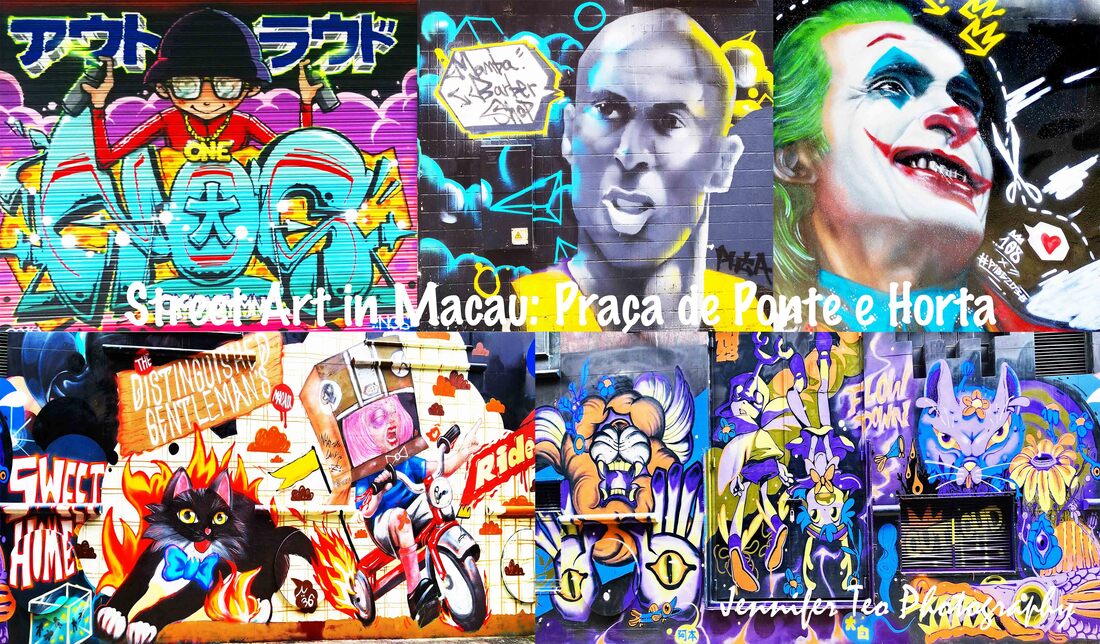
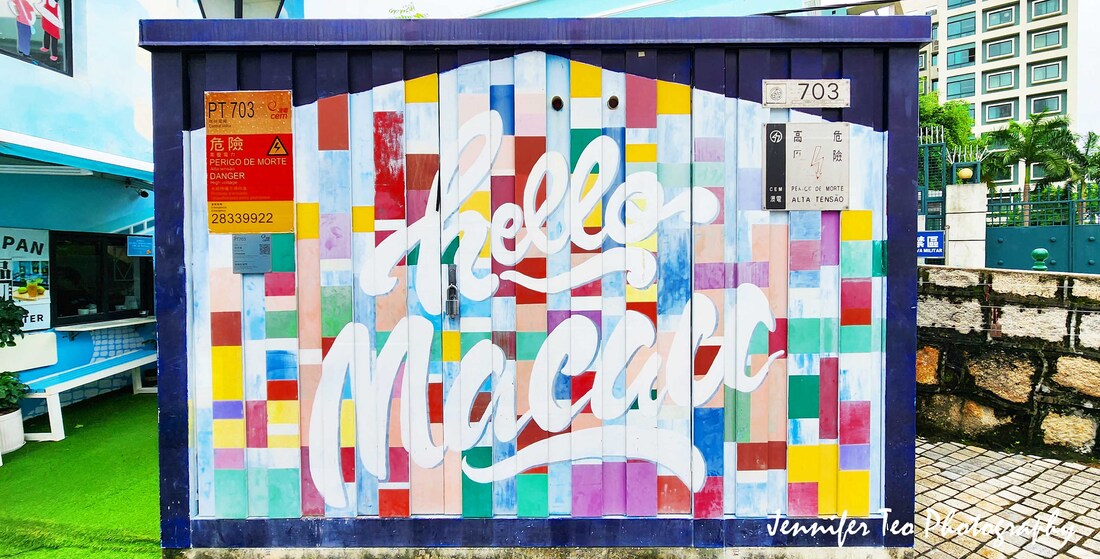
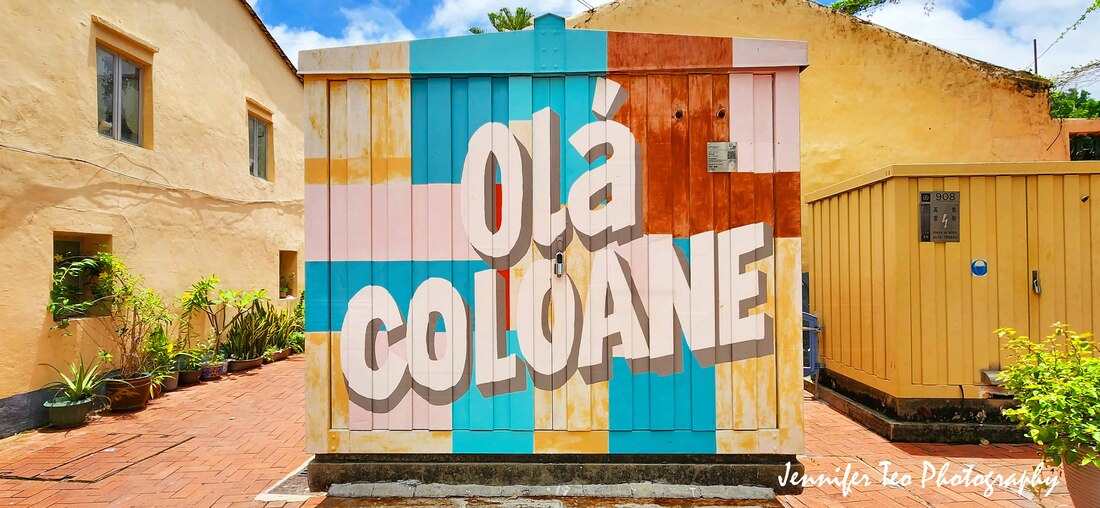
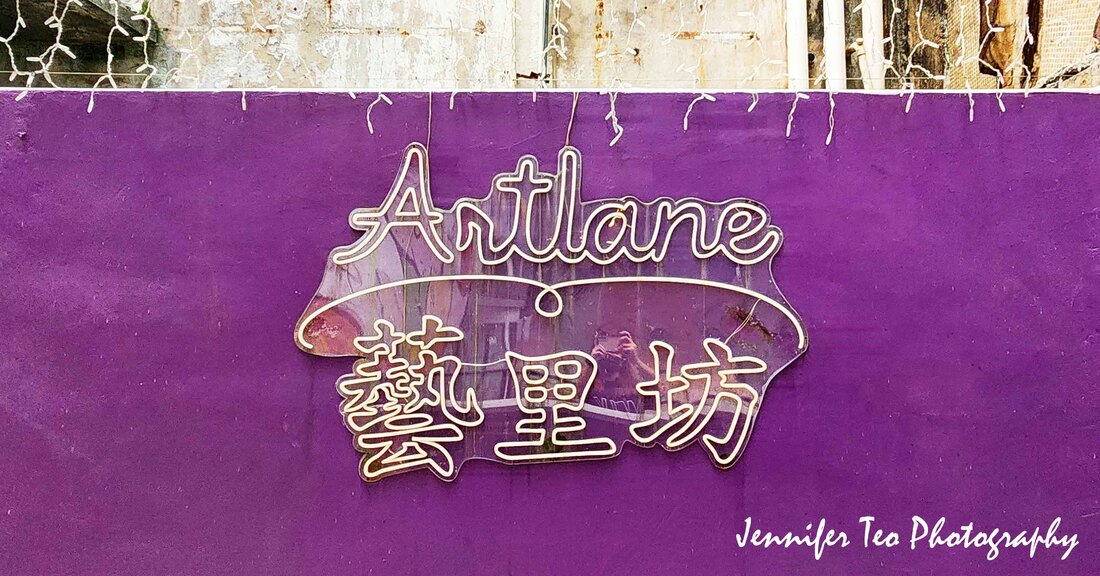
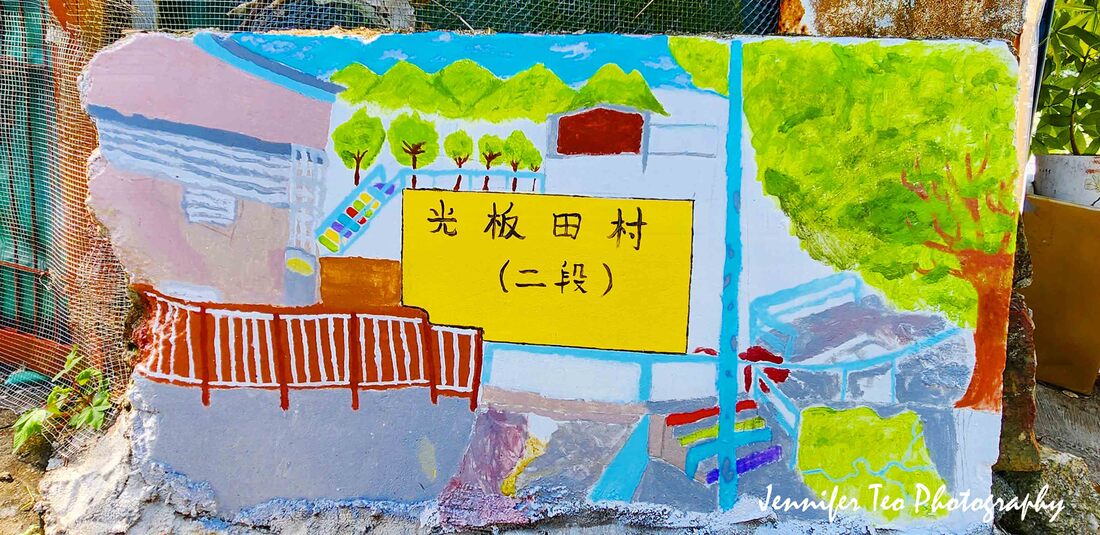
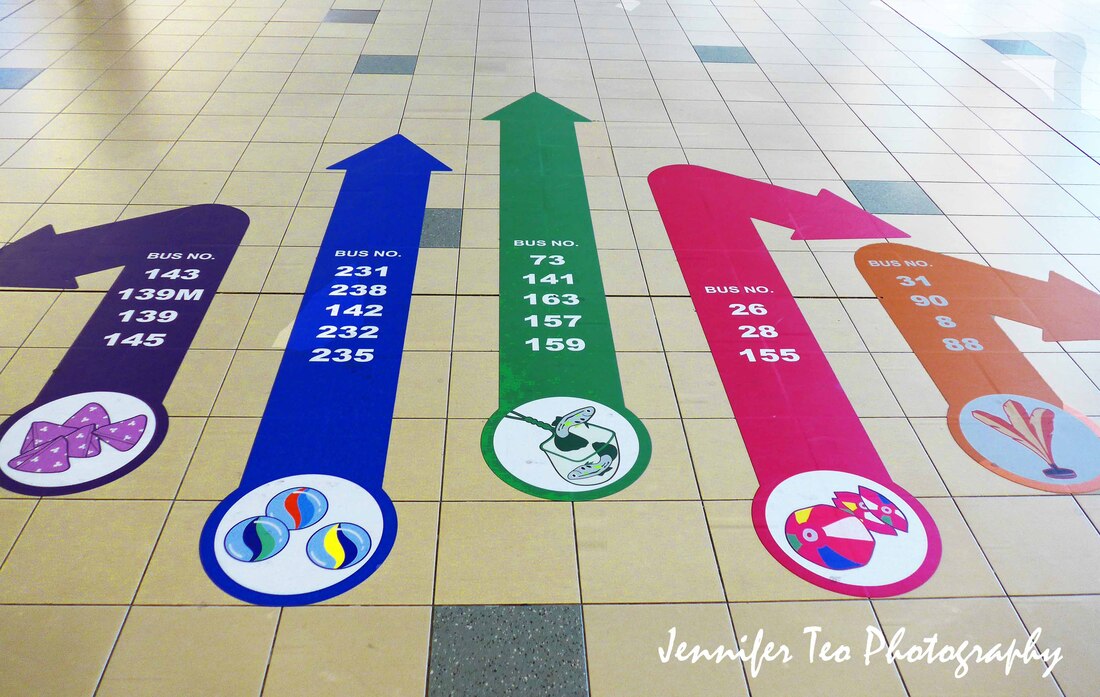
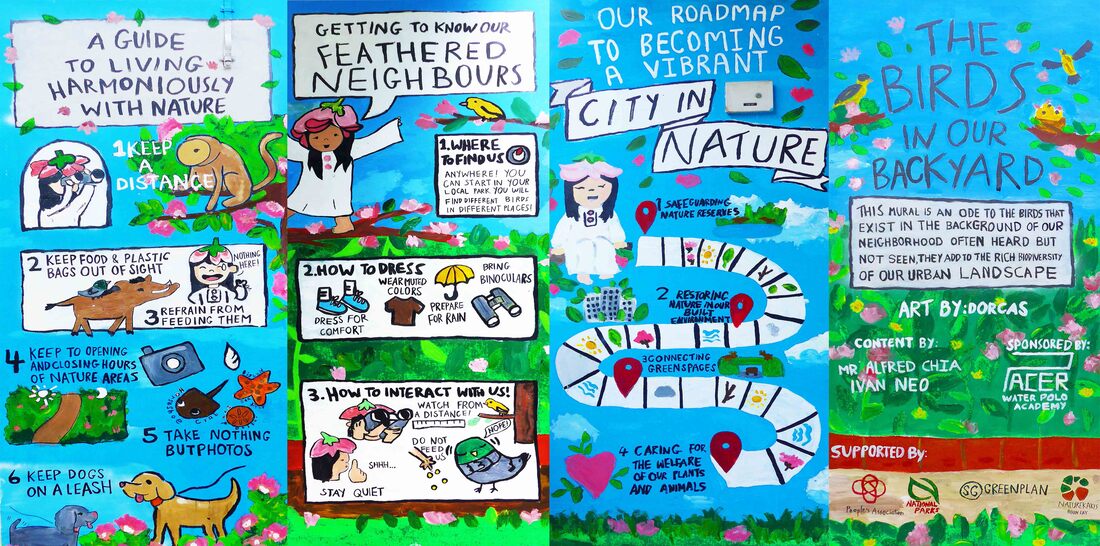
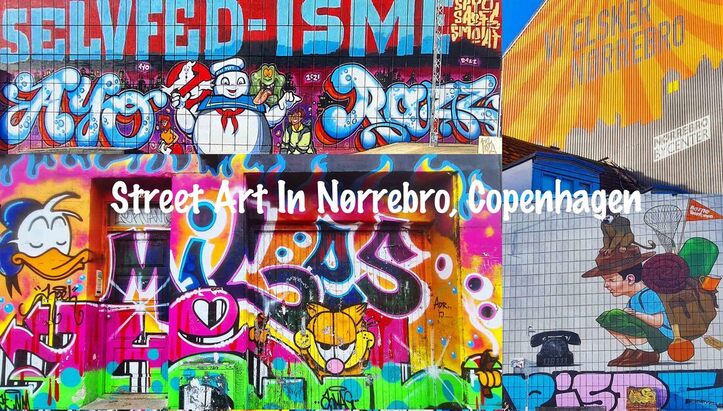
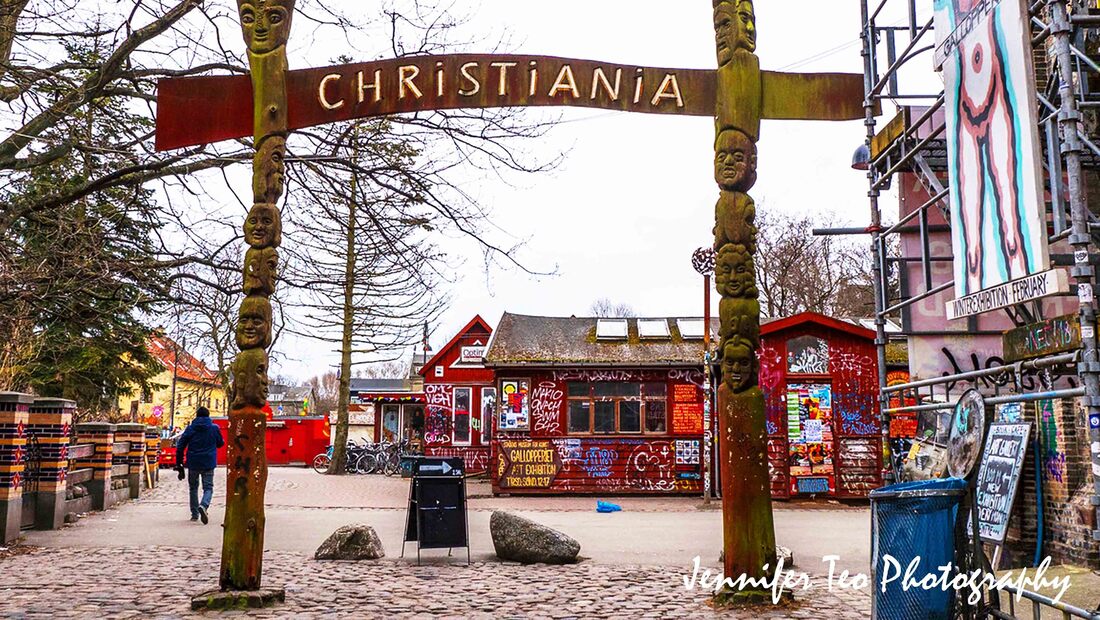
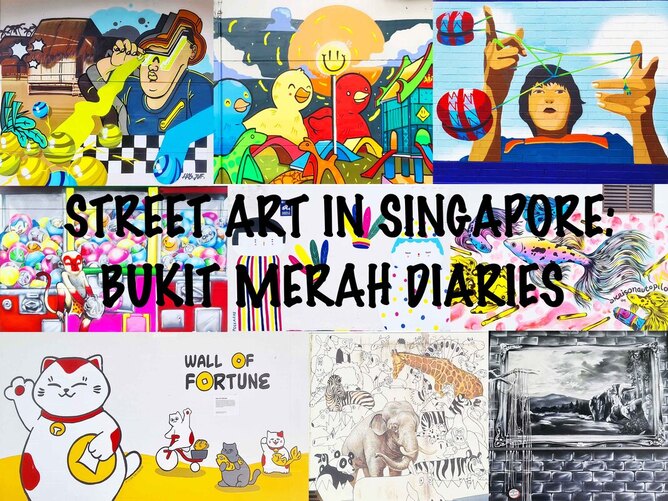
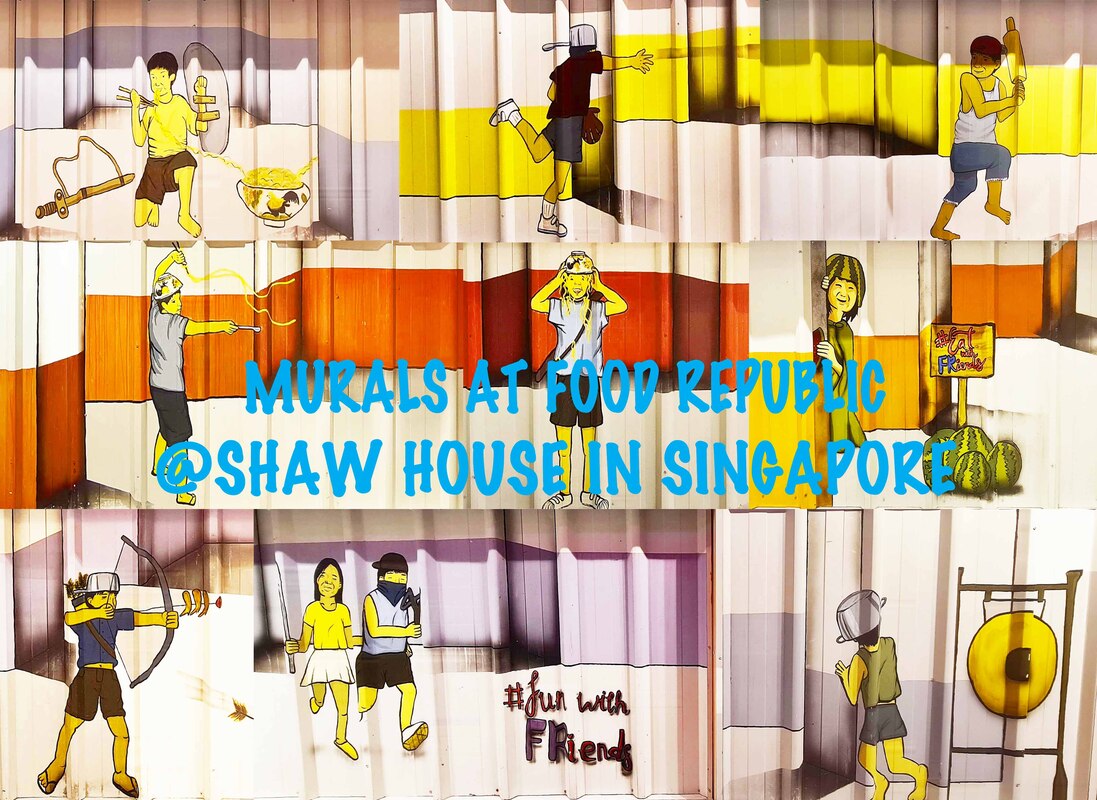
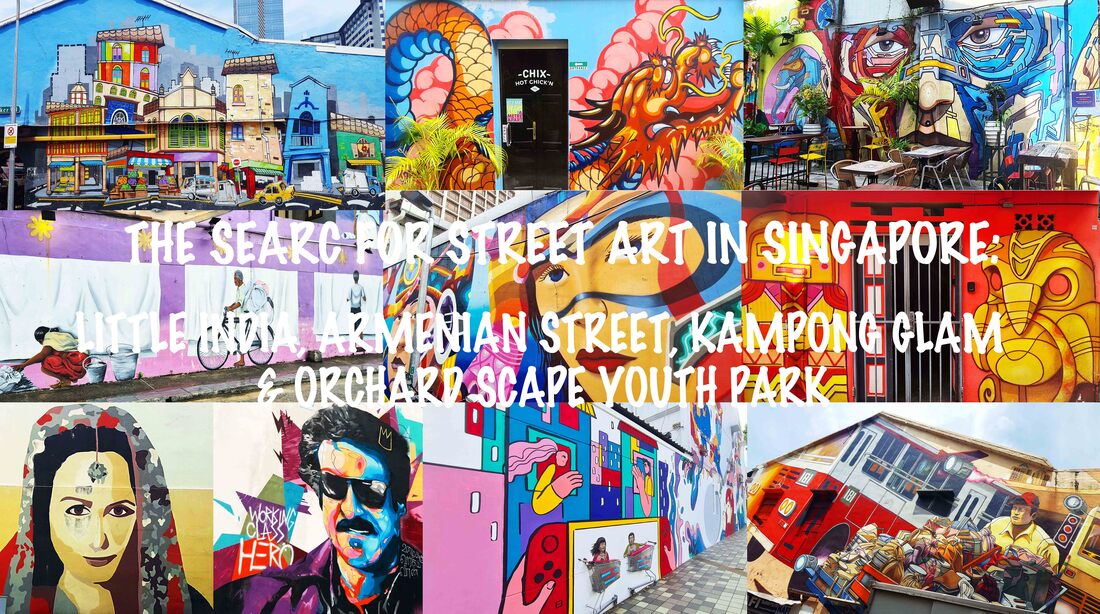
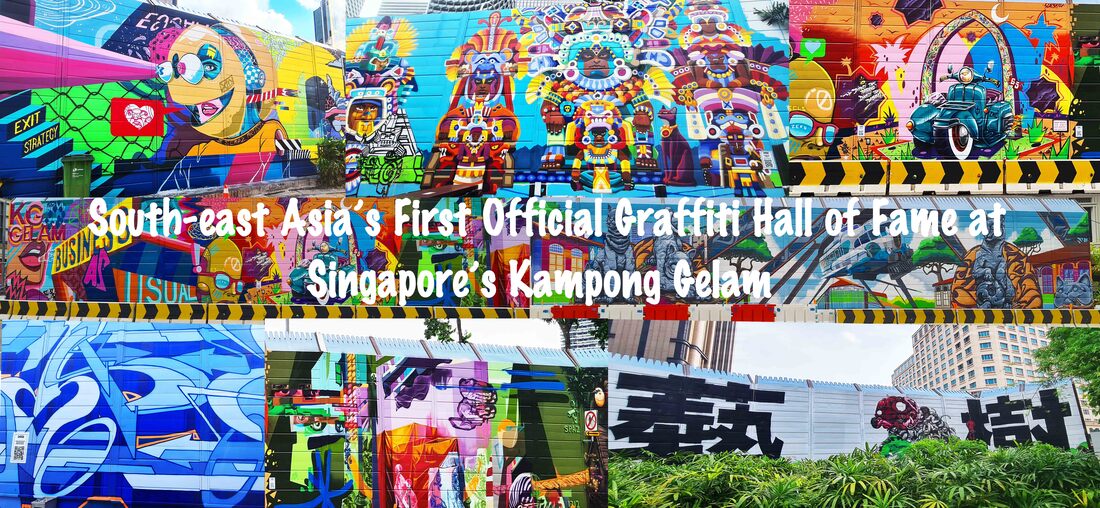
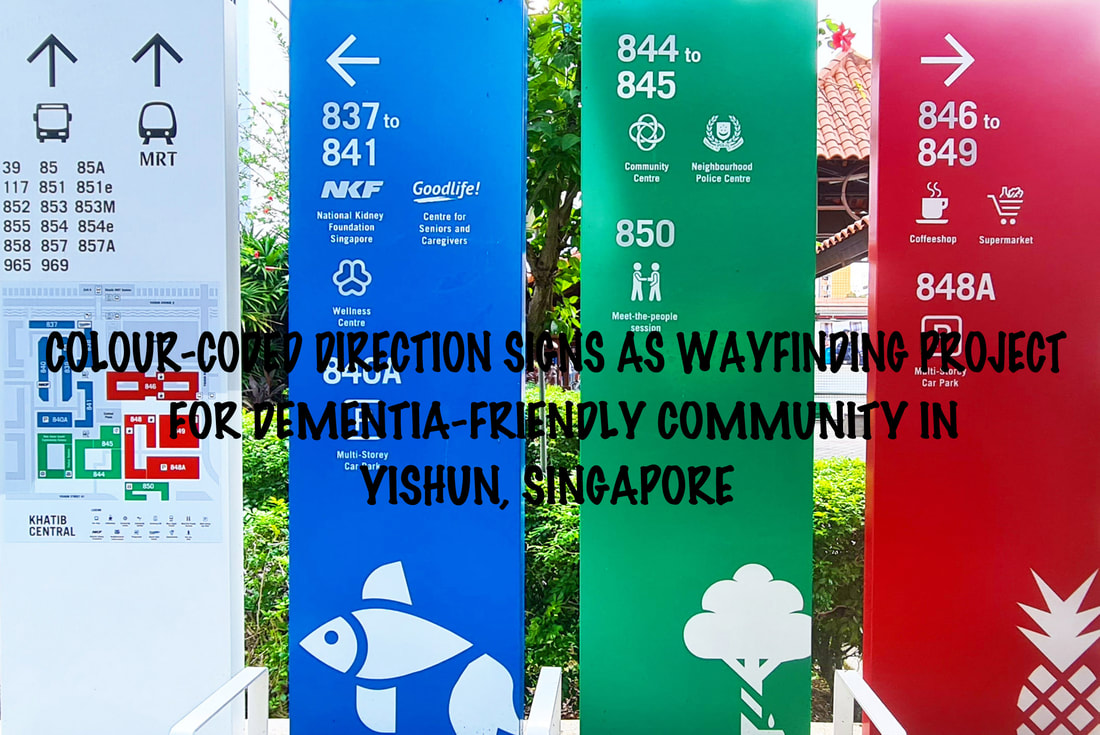
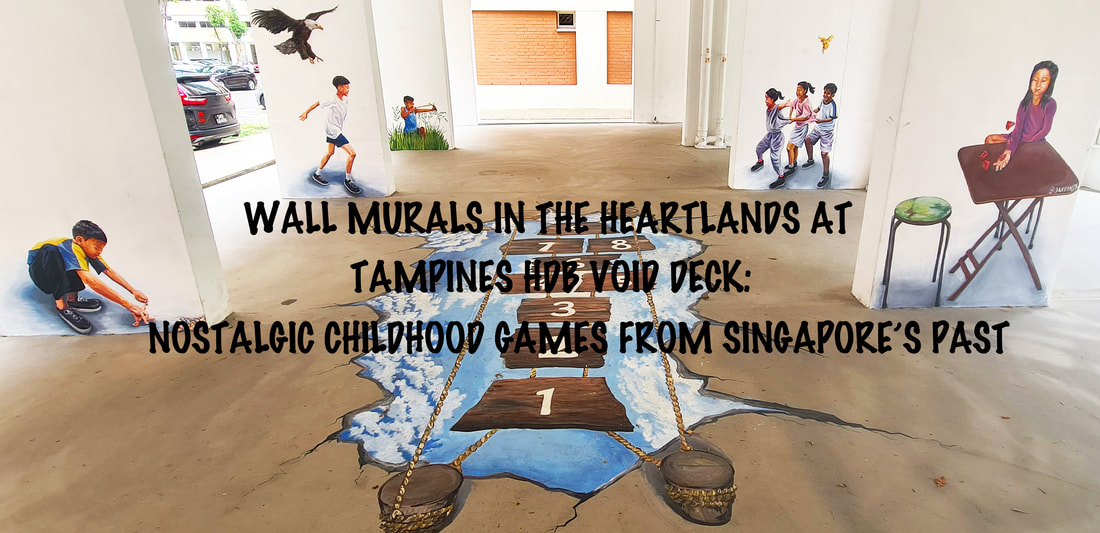
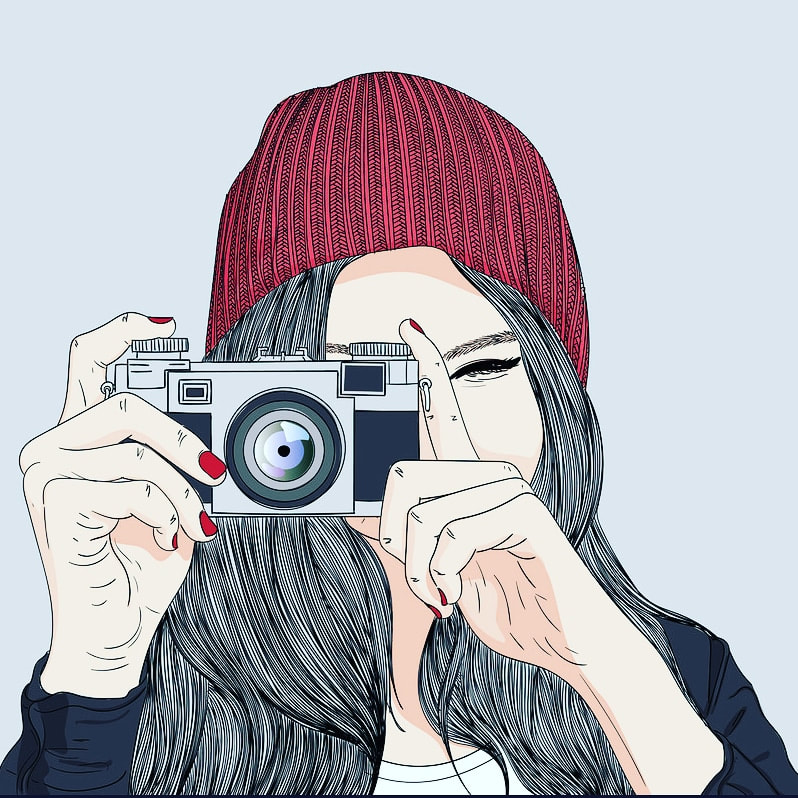
 RSS Feed
RSS Feed






